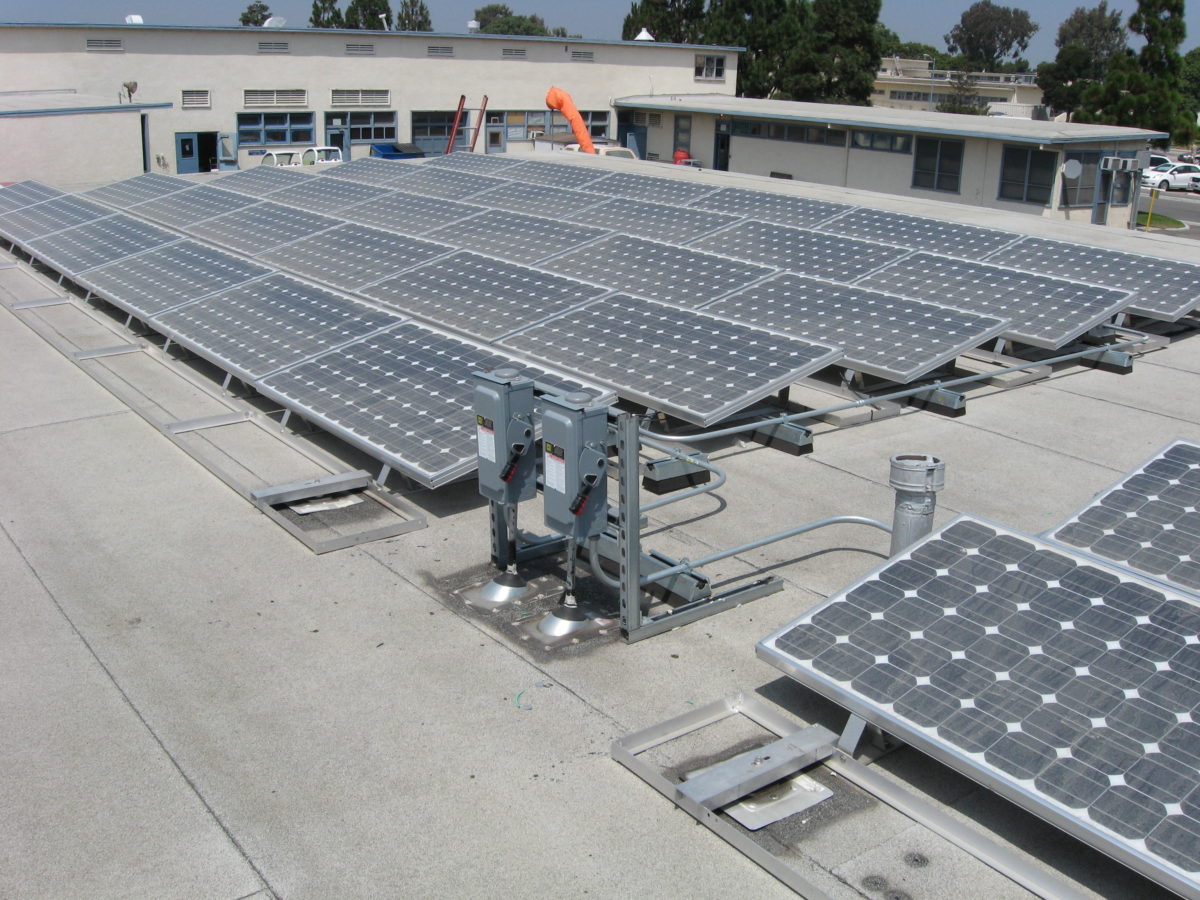A research group from Utrecht University in the Netherlands has compared the two most promising solar-assisted hydrogen production technologies: the photo-electrochemical (PEC) systems that directly convert solar radiation to hydrogen, and off-grid, PV-powered electrolyzers (PV-E).
They presented their research in “Renewable hydrogen production: A techno-economic comparison of photo-electrochemical cells and photovoltaic-electrolysis,” which was recently published in the International Journal of Hydrogen Energy. They concluded that the potential techno-economic benefits of PEC over PV-E are uncertain and limited.
The scientists calculated the levelized cost of hydrogen (LCOH) for both technologies by considering standard PV-E designs and projected PEC designs for future large-scale applications.
“Despite intense and promising research during the last years on PEC technology, no system is yet commercially available,” the researchers said. “The present paper will analyze if, and under what conditions, PEC devices can outcompete solar hydrogen production through PV-electrolysis.”
Levelized costs
The group calculated the LCOH of the technologies based on investment expenses, revenues, and costs throughout a plant's lifetime, discounted to a reference date. The production rate of the two systems was set at 10 tons per day, while the time frame for hydrogen generation was 20 years.
They conducted the demonstration in Daggett, California, as it is a location with daily irradiance of 6.19 kilowatt-hours per square meter. Installations costs are assumed to be 20% of the capital costs for both systems.
“The installation of the PV-E systems requires more cabling and the installation of the electrolyzers,” the academics said. “The PEC system, on the other hand, requires more piping and in addition the installation of the compressors.”
The PV-E system was designed to counterbalance the high costs of the electrolyzer through the optimization between the scale of the photovoltaic unit and that of the electrolyzer. The demonstrated electrolyzer had an overall efficiency of 10.9%.
For the PCE system, the researchers chose a non-concentrated panel with an efficiency of 10%. It was based on a one liquid-solid-junction design, with one side of the photo-electrode being immersed into the electrolyte. “One part of the solar panel must withstand electrochemical reactions and corrosion, while the other side is in contact with ambient air,” the researchers said.
Final results
The researchers showed that the PV-E system could achieve an LCOH of $6.22/kg. They concluded that balance-of-system (BoS) costs for the electrolyzer could fall again in the future, due to economies of scale.
“The costs for the electrolyzer are higher than the costs for the PV system,” they said. “This gap is even larger without optimizing the scale of these two plant components.”
They also said that an LCOH of $3.76/kg could be achieved in the future, if hard BoS costs and PV module prices fall by another 50%. The LCOH of the PCE system was more than $2 higher, at $8.43/kg, with the PEC module accounting for almost half of the entire system costs.
“This is followed by the soft BoS costs, where the contingency costs have the biggest influence since the uncertainties are still quite high within this new technology,” the academics said. “The membrane and the photoactive material have by far the biggest influence on the costs, with $1.50/kg and $1.35/kg, respectively.”
They concluded that the PEC system would probably not result in lower hydrogen generation costs compared to the PV-E system.
“Even under generous assumptions, PEC devices are costlier and less flexible in their application,” they said.
This content is protected by copyright and may not be reused. If you want to cooperate with us and would like to reuse some of our content, please contact: editors@pv-magazine.com.




0 comments
By submitting this form you agree to pv magazine using your data for the purposes of publishing your comment.
Your personal data will only be disclosed or otherwise transmitted to third parties for the purposes of spam filtering or if this is necessary for technical maintenance of the website. Any other transfer to third parties will not take place unless this is justified on the basis of applicable data protection regulations or if pv magazine is legally obliged to do so.
You may revoke this consent at any time with effect for the future, in which case your personal data will be deleted immediately. Otherwise, your data will be deleted if pv magazine has processed your request or the purpose of data storage is fulfilled.
Further information on data privacy can be found in our Data Protection Policy.